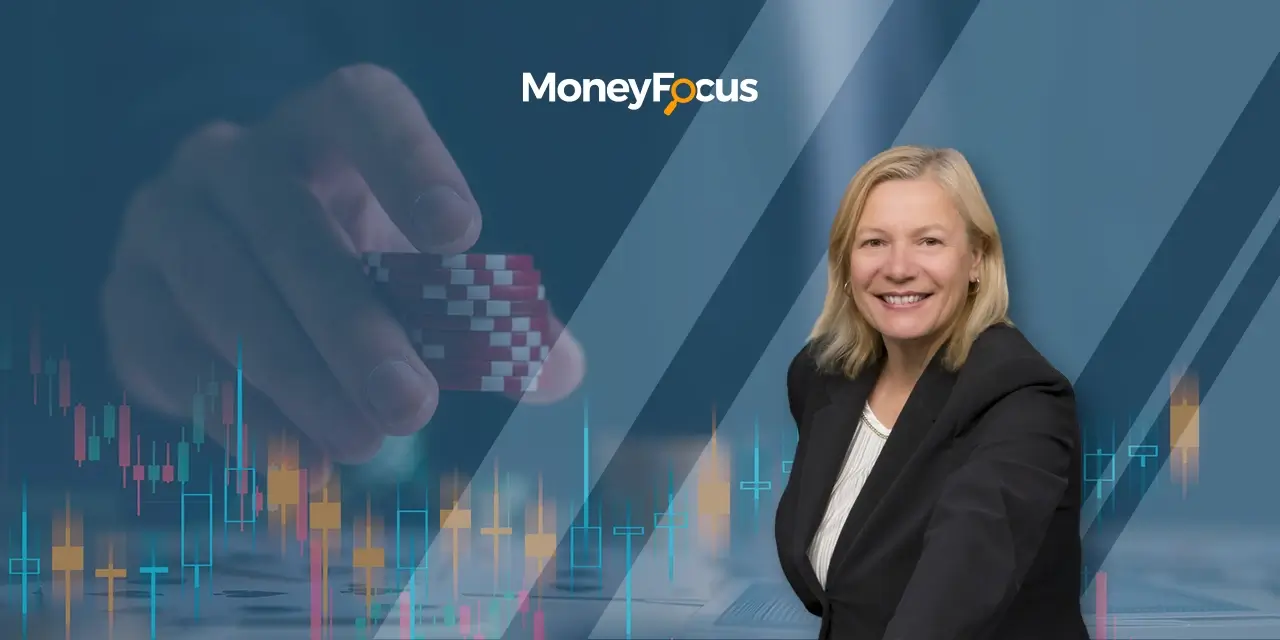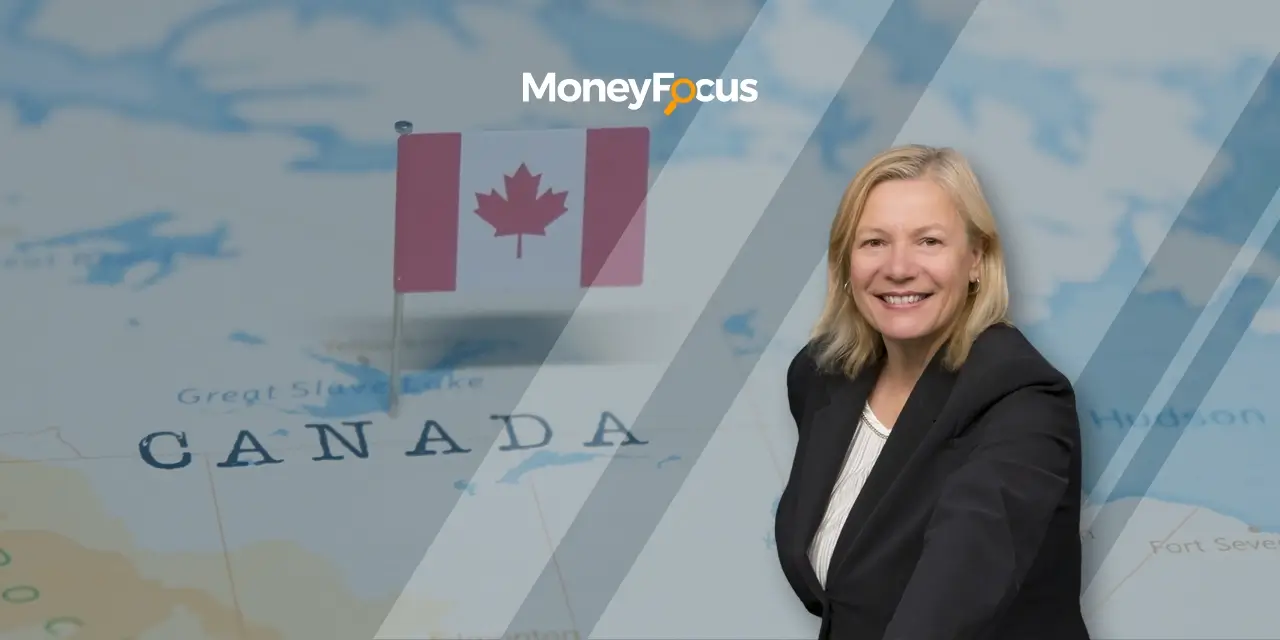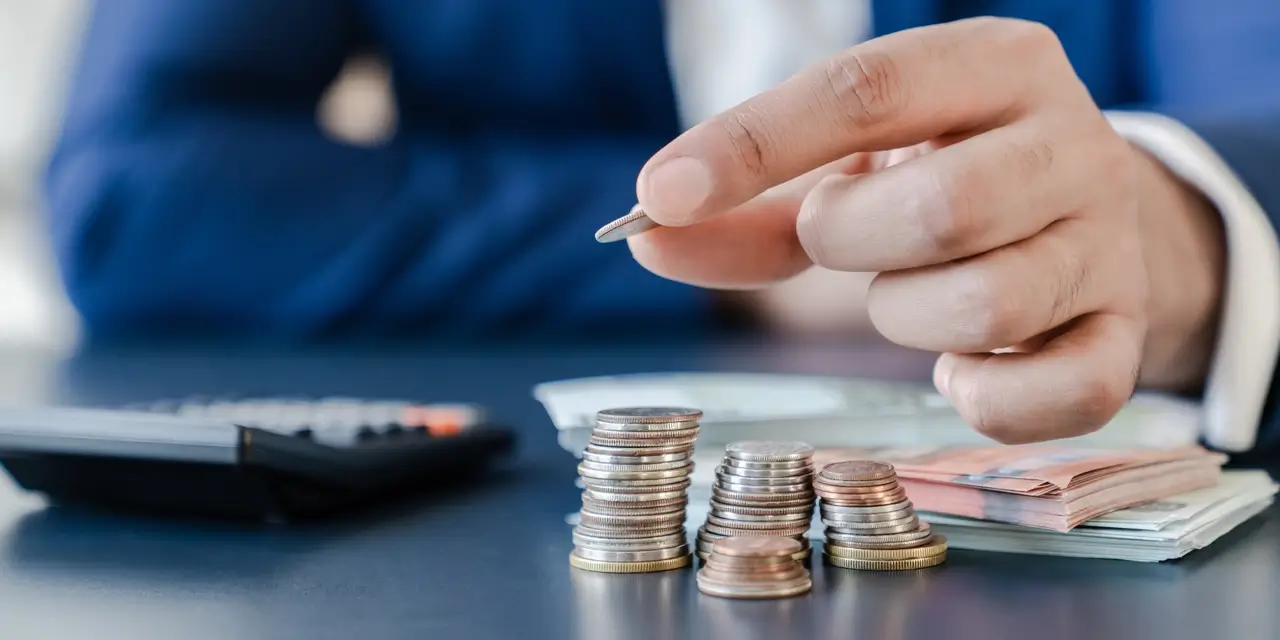Exchange-traded funds (ETFs) have become increasingly popular among investors due to their cost structure and flexibility. There are a range of ETFs benefits, including diversification, flexible trading, greater transparency, better tax efficiency in taxable accounts and lower operating costs than traditional open-end funds. We will explore each of these benefits as well as some costs investors need to keep in mind when trading ETFs.
Diversification:
ETFs portfolios provide diversification by tracking a basket of assets, reducing the impact of individual stock or asset fluctuations1. When you buy an ETF, you are often buying a number of different securities in one trade. At Harvest ETFs, our portfolios typically consist of 20 to 40 securities, whereas with other issuers,. which is inline with our investment philosophy which includes a focus on more established companies that generate stable dividend income. Holding a basket of securities helps spread risk across a range of assets. ETFs cover most major asset classes and sectors, offering investors a broad selection to choose from. By investing in ETFs, investors can achieve a diversified portfolio without having to select individual stocks or bonds, which can be time-consuming and require significant expertise4.
Overall, diversification is an important benefit of investing in multi-security ETFs because it can help investors manage risk while striving to achieve their investment goals.
Trading flexibility
Unlike mutual funds, ETFs can be bought and sold during the day when the markets are open. The pricing of ETF shares is continuous during normal stock exchange hours, and share prices vary throughout the day based mainly on the changing intraday value of the underlying assets in the ETF. The near immediate trading of ETFs allows investors to easily move their money into specific assets at any time during regular business hours (when the exchange is open), otherwise known as intraday trading. ETFs also offer investors the ability to use advanced trading strategies, such as stop-loss orders, limit orders, and short selling, which can help to manage risk and maximize returns.
Transparency
Generally, ETFs offer greater transparency than traditional open-end funds, providing investors with clear visibility into underlying holdings, insights into the investment approach, and a comprehensive understanding of investment costs, which are typically disclosed in the prospectus. Some ETFs, primarily those with passive strategies, even go a step further by disclosing their holdings on a daily basis. This level of transparency allows investors to have a real-time understanding of their holdings, which is one of the key advantages of ETFs. In contrast, while indexed mutual funds also undertake daily holdings disclosure, ETFs often provide a more straightforward and accessible view of their portfolio, enhancing investors’ ability to verify their positions4.
Tax efficiency
ETFs are structured in a way that can make them tax efficient. One important concept to remember is that an investor can retain more of their investment if the cost of the investment is lower than that of the same portfolio in a mutual fund structure. The key difference in tax efficiency between ETFs and mutual funds is related to their redemption process. Here’s a revised explanation:
ETFs generally have a more tax-efficient structure compared to mutual funds due to differences in their redemption process. This difference translates into lower potential capital gains taxes for investors. Specifically, when investors redeem shares of an ETF, the ETF does not typically need to sell securities from its portfolio to meet the redemption request. As a result, this process does not create a taxable event for the ETF’s remaining shareholders3.
In contrast, mutual funds may need to sell securities from their portfolio to finance a redemption request. This selling of securities can potentially generate capital gains, which could lead to capital gains tax liabilities for some mutual fund investors. The impact of this taxable event may vary based on the type of investment account in which the investor holds the mutual fund shares.
You can read more about tax efficient ETF investing strategies here.
Lower Costs
ETFs generally have lower operating costs than traditional open-end funds or actively managed mutual funds. Financial advisors typically have to provide fewer transaction confirmations, account statements related to fund purchases and redemptions, and capital gains statements when working with ETFs compared to traditional mutual funds. This is because ETFs are traded like stocks and do not require periodic purchase and redemption notifications. The reduced administrative requirements mean ETF companies have lower overhead and can charge individual investors lower fund expenses.
In addition, ETFs do not have redemption fees like you see with mutual funds and some funds, known as open-end mutual funds, continuously issue and redeem shares based on investor demand. Unlike ETFs, they may charge redemption fees for certain transactions. Avoiding these short-term redemption fees can allow you to trade more frequently without paying a penalty.
Costs to Consider When ETF Investing
As the range of ETF products and strategies available to investors has widened, there is now an array of ETFs using active strategies to capture unique sectors or benefits for investors. Actively managed strategies typically take more time, expertise, and resources than a passive strategy. Therefore, costs associated with actively managed strategies can be higher than a passive index-based ETF.
ETFs Investors typically pay more in fees for active ETFs compared to passive ETFs due to the portfolio manager employing their expertise (in-depth research and analyses) to select and allocate money to securities that they believe will out perform the benchmark .Here are some specific reasons why active ETFs tend to have higher expense ratios: Professional Management, Research & Analysis, Trading Costs (Options Trading, FX Hedging, Leverage, Brokerage Fees, Bid-Ask Spreads etc).
A cost-benefit analysis can help investors choose which ETF to buy, but not all the costs of an ETF are as obvious as investors might like. Here are some key terms and numbers to look out for and factor into your analysis:
Management Expense Ratio (MER)
Most of the costs of an ETF will be captured by the Management Expense Ratio (MER). It’s written as a percentage of the net asset value of the ETF and captures the management fee as well as taxes incurred on the fund annually, and operating expenses which can include custody fees, stock exchange fees, legal fees, audit costs, etc. and the cost of ETF valuations. Applicable operating fees are described in detail in the ETFs prospectus.
The management fee is, simply put, the fee the ETF manager charges on the net asset value of the ETF.
Trading Expense Ratio
One cost that won’t be included in the MER is the Trading Expense Ratio (TER). ETFs are comprised of securities that ETF providers trade on exchanges. Those trades are subject to commissions, which adds a cost to the ETF.
At Harvest ETFs, we employ a covered call strategy in many of our Income ETFs, designed to enhance income yield for our investors. This strategy involves writing call options on our ETF holdings, which can generate additional premiums. While this approach may incur trading costs and commissions, it’s important to note that these expenses are carefully managed to maximize the overall income potential of our ETFs. You can find detailed information about the Total Expense Ratio (TER) for each of our ETFs in the ETF facts and Management Report on Fund Performance (MRFP) documents, which are readily accessible on the respective ETF’s webpage. Our commitment is to provide transparency and deliver the best possible results for our investors through our innovative strategies.
Investors should also be aware that when buying or selling an ETF, they will typically incur costs in the form of trading commissions, which are paid to the broker or dealer they’re working with. It’s worth noting that some trading platforms offer commission-free trading, which can help reduce these expenses.
Furthermore, investors should consider that they will be responsible for paying taxes on any income generated by the ETF, such as dividends or interest payments. Additionally, if they decide to sell their ETF holdings at a profit, they may be subject to capital gains tax. These tax implications apply when the ETF is held in a non-tax-sheltered investment account.
When working with a financial advisor or utilizing a managed platform, the management and handling of these costs and tax obligations may vary depending on the specific arrangement. Investors are encouraged to discuss these aspects with their financial advisor or platform provider to gain a better understanding of how trading commissions, taxes, and capital gains may be managed within their investment strategy.
Tracking Error
Tracking error measures how closely an ETF’s returns follow its benchmark index. They typically occur in passive and index ETFs when the holdings in the ETF don’t exactly match the components of the index. Actively managed ETFs generally don’t have tracking errors because they don’t work to an index. All passive ETFs experience some tracking error, but experienced portfolio managers will employ certain strategies to keep tracking error as low as possible. When trading large, high-quality equities with lots of liquidity, minimizing tracking error can be simple. ETFs that trade in niche sectors and small stocks with less liquidity will generally struggle to keep their tracking error in check.
With a clearer picture of the costs involved in an ETF, investors can make that cost-benefit analysis. Finding benefits specific to your needs can take a little more digging but there are some useful questions to ask yourself when conducting that research. We outline important factors to consider here: How to choose the Right ETF.
Commissions, management fees and expenses all may be associated with investing in HARVEST Exchange Traded Funds managed by Harvest Portfolios Group Inc. (the “Funds” or a “Fund”). Please read the relevant prospectus before investing. The Funds’ returns are not guaranteed, their values change frequently, and their past performances may not be repeated. Tax, investment and all other decisions should be made with guidance from a qualified professional. The above is for general information purposes only and does not constitute advice or a solicitation to buy or sell the securities referred to within.
Equity Income ETFs
Harvest Equity Income ETF portfolios are invested in companies that are well-established, with strong balance sheets and consistent earnings growth. Once we select the best suited for the portfolio, we generate steady income by collecting dividends and by selling call options on a portion of the portfolio. This strategy provides the ability to pay attractive monthly distributions for our investors.











